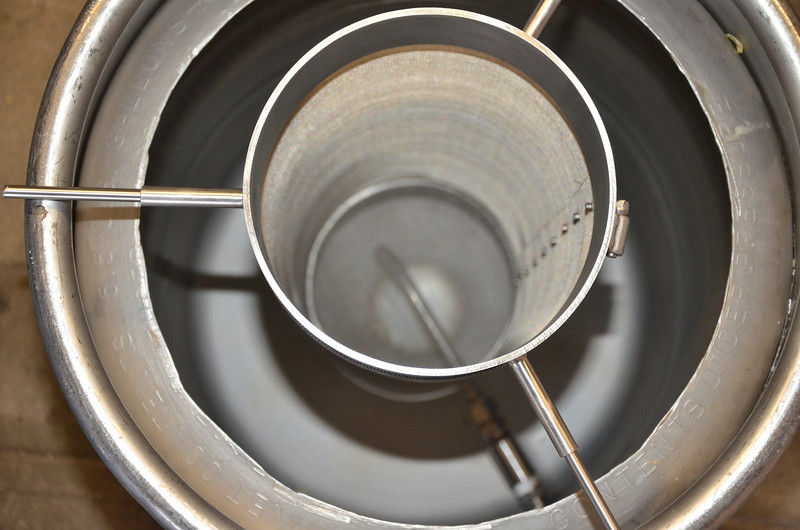RockfordWhite
Well-Known Member
- Joined
- Dec 3, 2007
- Messages
- 473
- Reaction score
- 11
Anybody have any tips for dealing with hop sludge/coldbreak? I have a Blichmann 10 gallon system, and I just can't seem to avoid my first .5-1g being filled with hop sludge/cold break... After that, it is crystal clear until the last .5 i leave behind usually...
I do the whirlpool and everything, but I just can't seem to beat those first runnings... Would treating it like the mash work, recirculating till clear? Should I dump it? Should I ignore it? I'm not a big fan of the hop bags, but if that's the only solution, especially when i make hoppier beers, I guess I will oblige
Any tips would be appreciated
I do the whirlpool and everything, but I just can't seem to beat those first runnings... Would treating it like the mash work, recirculating till clear? Should I dump it? Should I ignore it? I'm not a big fan of the hop bags, but if that's the only solution, especially when i make hoppier beers, I guess I will oblige
Any tips would be appreciated



